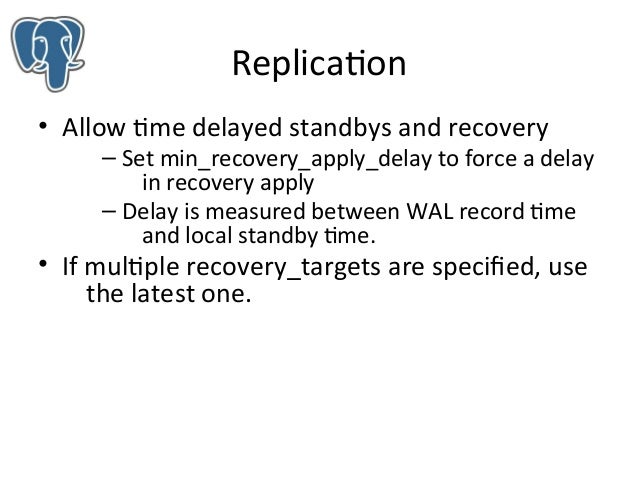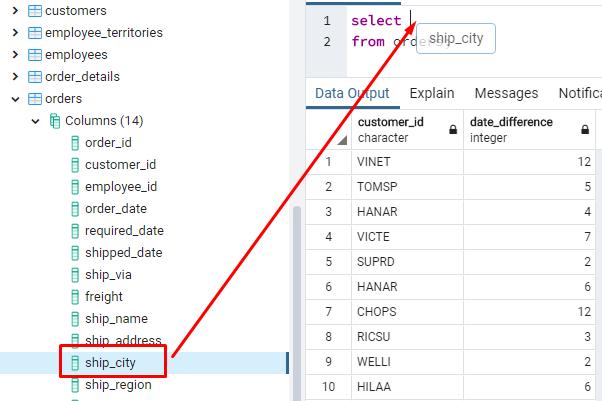

The new sequence can be altered and configured as a regular sequence. (pg_sequence_parameters(oid)).start_value) + 1) By assigning a SERIAL type to a column as part of table creation, PostgreSQL creates a sequence using default configuration and adds the NOT NULL constraint to the column.
#Postgresql serial start value code#
NOTICE: select setval('"P12"."Seq"'::regclass, 4) įor PostgreSQL 10 and later versions, the sample code for setting SQL for sequences obtained from the original database is listed below: postgres=> select format($$ As indicated in the official documentation, SERIAL is not a true data type, but is simply shorthand notation that tells Postgres to create a auto incremented. NOTICE: select setval('public."Seq"'::regclass, 3) In a relational database, it is important to be able to identify an individual table row. Why auto-generated primary keys Every table needs a primary key. In this article, I’ll explore the options and give recommendations. Otherwise, the sequence values generated by the business that uses the sequence will return to the previous version, and UK PK generated by the sequence will also report conflicts.įor PostgreSQL 9.6 and earlier versions, the sample code for setting SQL for sequences obtained from the original database is listed below: do language plpgsql $$įor nsp,rel in select nspname,relname from pg_class t2, pg_namespace t3 where t2.relnamespace=t3.oid and t2.relkind='S'Įxecute format($_$select last_value from %I.%I$_$, nsp, rel) into val įormat($_$select setval('%I.%I'::regclass, %s) $_$, nsp, rel, val+1) Laurenz Albe 2021 UPDATED : Sometimes customers ask me about the best choice for auto-generated primary keys. When DTS is used to migrate data from a PostgreSQL database, you must synchronize the sequence values from the source database to the target database manually after the data migration is completed. Just switch your database table to use BIGSERIAL.Currently, Alibaba Cloud DTS does not support the migration of sequence values. This makes them very efficient and concurrent. Use an azd template for a one command deployment of all resources. The SERIAL pseudo-type can be used to generate a sequence while creating a new table. A sequence is often used as the primary key column in a table. Compile a final bicep template to deploy all resources using a consistent and predictable template deployment. Practice In PostgreSQL, a sequence is a special kind of database object that generates a sequence of integers. Creating or Updating an app that uses the dev service. You can use pggetserialsequence () to get the name of the sequence: SELECT setval (pggetserialsequence ('thetable', 'id'), coalesce (MAX (id), 1)) from thetable The above works for serial and identity columns the same way. The server only needs to keep track of one value (the prior max) to uniquely generating ids, it can cache them across multiple connections to speed up sequence generation, and by allowing gaps it never needs to transactionally lock the sequence object when it's generating sequences. Create and use a test command line App to use the dev PostgreSQL. 1 Answer Sorted by: 13 You can do the same with identity columns - they also use a sequence. Sequences are implemented like this to be efficient. There's nothing wrong with that and if you're simply using them as unique ids then having gaps should cause no issue. If the transaction that fetched the id is rolled back then the id will be "lost" and your sequence will have holes in it (eg. This incrementation can happen regardless of whether the id is actually permanently saved. The server keeps track of the previous value (the prior max) and each time a value is requested the value is incremented. The behavior of how it handles overflowing past 2 31 isn't mentioned in the docs but it clearly states that you shouldn't use it if you expect to have values greater than that. The type names smallserial and serial2 also work the same way, except that they create a smallint column. bigserial should be used if you anticipate the use of more than 2 31 identifiers over the lifetime of the table. You can alter a sequence using RESTART WITH to change the current sequence number ALTER SEQUENCE testseq RESTART WITH 300 To get the sequence name if you created it using the serial keyword, use. The type names bigserial and serial8 work the same way, except that they create a bigint column.


The type names serial and serial4 are equivalent: both create integer columns. 8 Answers Sorted by: 514 The parentheses are misplaced: SELECT setval ('paymentsidseq', 21, true) - next value will be 22 Otherwise you're calling setval with a single argument, while it requires two or three. Here's the snippet from the PostgreSQL docs: The SERIAL type is a signed 32-bit integer and is designed for values less than 2 31 ( NOTE: that's 2 31, not 2 32 as they're signed integers). TLDR: If you're going to have more than 2 31 possible values change the column type to BIGSERIAL.


 0 kommentar(er)
0 kommentar(er)
